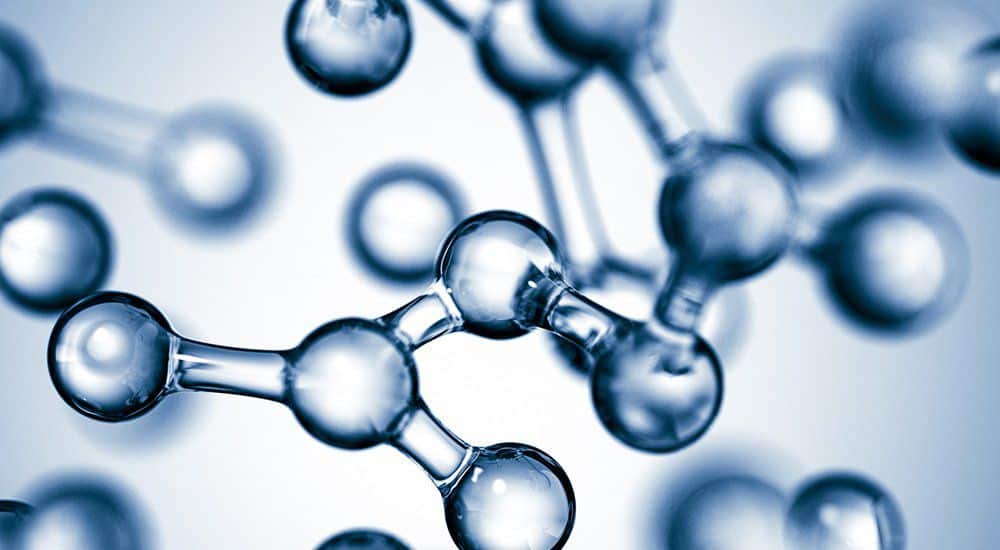What is Hyaluronic Acid?
Hyaluronic Acid is a long, branched polysaccharide that naturally exists in our bodies. It can be very large, consisting of thousands of carbohydrates. It is formed in the plasma membrane of our cells and distributed throughout neural, epithelial, and connective tissues. Our joints and eyes are home to a high concentration of Hyaluronic Acid.
What does Hyaluronic Acid do?
Hyaluronic Acid binds to water, creating a stiff, “gooey” substance defined by a high viscosity. This gel-like fluid lubricates our joints and provides a cushion against the wear and tear our bodies endure over the course of our lives. Furthermore, Hyaluronic Acid interferes with naturally-occurring substances in our bodies, such as cytokines, that normally cause inflammation. As we age, the Hyaluronic Acid in our bodies breaks down and becomes less thick and sticky. Without an effective lubricant, our joints become stiffer and more susceptible to pain and swelling.
How is Hyaluronic Acid administered?
For people suffering from osteoarthritis, Hyaluronic Acid is administered in the form of an injection. Specifically, one injection is administered to the affected body part once a week over the course of a three week period. These injections replenish the diminishing supply of Hyaluronic Acid in our bodies.
Orthovisc, Synvisc, Hyalgan, Supartz, and Euflexxa are examples of Hyaluronic Acid injections that are approved by the U.S. Food and Drug Administration (FDA). Interestingly, Orthovisc, Synvisc, Hyalgan, and Supartz are produced from rooster combs. Euflexxa is synthetically-manufactured from bacteria.
Who can have these injections?
Individuals with osteoarthritic joints are candidates for Hyaluronic Acid series injections. Osteoarthritis is characterized by joint space narrowing and the disruption of Hyaluronic Acid in the synovial fluid, a lubricant the reduces friction between the articular cartilage of our joints. The FDA has only approved Hyaluronic Acid injections to treat the knee, although some doctors report using the injections on the ankle and hip. Hyaluronic Acid injections are reserved for patients who have experienced no joint pain relief despite a course of non-steroidal anti-inflammatory medications, formal physical therapy, and cortisone injections.
Does Hyaluronic Acid work?
After the third and final Hyaluronic Acid injection in the series, patients can expect to experience pain relief between 4-6 weeks. The effects of Hyaluronic Acid series injections vary depending on the patient. While some patients report mild to moderate improvement to their symptoms, others report feeling pain-free for up to 2 years following the injections.


